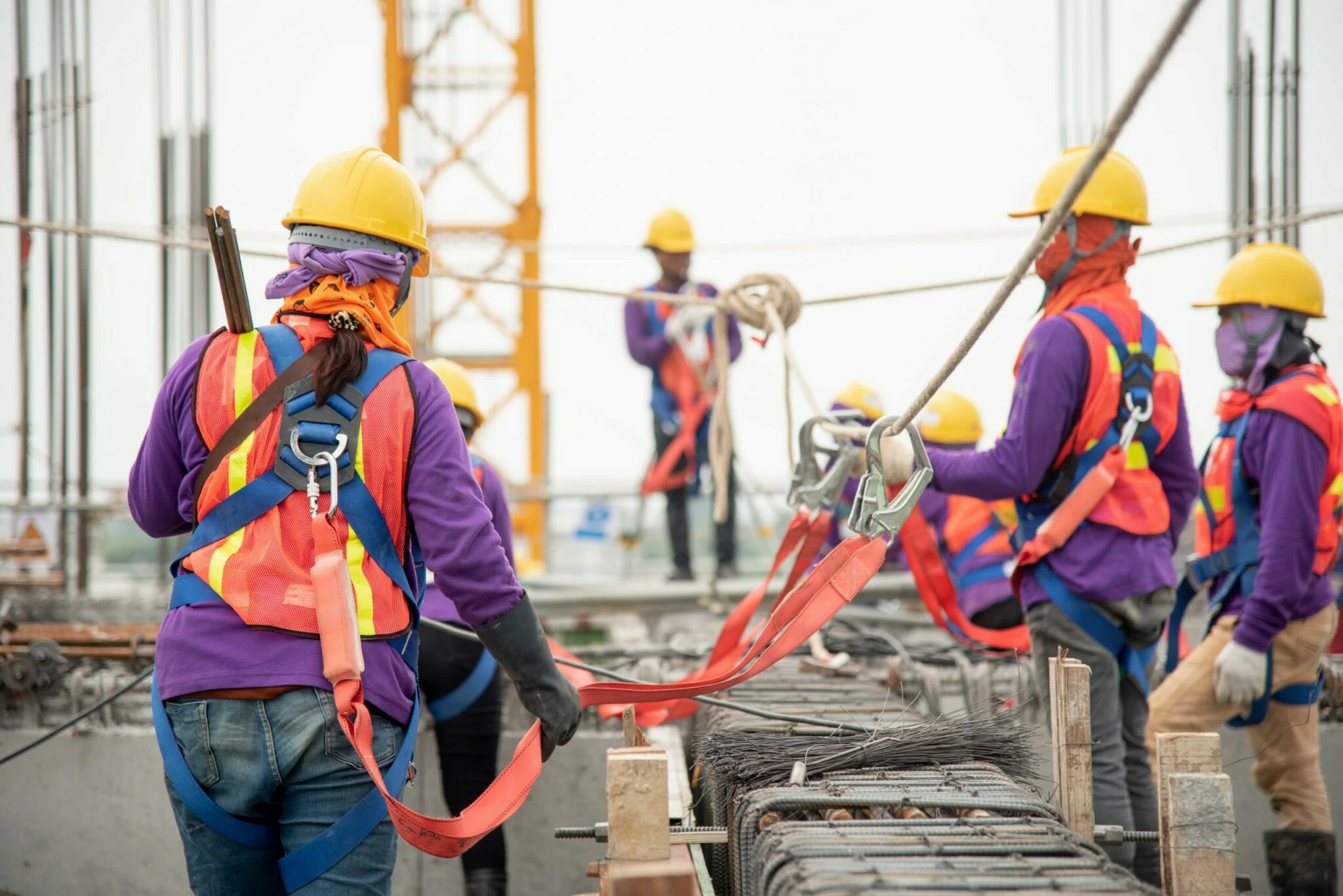Elevating Safety Standards: Revolutionary Innovations in Working at Heights Equipment
As industries increasingly depend on skilled workers to operate at height, the significance of innovative safety equipment has never been more paramount. The realm of Working at Heights safety equipment is seeing transformative advancements aimed at improving worker safety and compliance. In this article, we delve into the latest innovations in harness technology, self-retracting lifelines, and the integration of virtual reality in training simulations. Together, these technologies represent a revolution in safety practices that protect lives and enhance training experiences.
Harness Technology Breakthroughs
The heart of most Working at Heights Safety systems is the harness. Recent developments in harness technology have focused on increasing comfort, usability, and safety features. Here are some notable innovations:
- Adaptive Fit Systems: New harness designs feature customizable components that adapt to the user's body shape and size, ensuring a secure fit while minimizing discomfort. This adaptability encourages workers to wear their harness correctly, thus enhancing safety.
- Lightweight Materials: Innovations in fabric technology have led to the creation of lightweight, durable materials that reduce the overall burden on workers. These materials often include advanced fibers that resist abrasion and exposure to harsh conditions.
- Belt and Accessory Integration: Modern harnesses come equipped with attachment points that accommodate various tools and accessories. This integration ensures workers can easily access equipment without compromising their safety.
Self-Retracting Lifelines (SRLs): Advanced Safety Systems
Self-retracting lifelines have undergone significant improvements, making them an essential component of Working at Heights Certification. These developments enhance safety by providing dynamic fall protection mechanisms:
- Smart Sensor Technology: The latest SRLs are equipped with sensors that detect fall conditions in real-time, automatically locking the device to minimize fall distances and reduce impact forces on the worker.
- Integrated Load Indicators: Many new lifelines feature built-in load indicators that alert users when the system has experienced a fall, ensuring that equipment is inspected and replaced if necessary.
- Enhanced Deployment Mechanisms: Recent innovations provide faster deployment and retraction speeds while maintaining strength and reliability, allowing for quicker response times in the case of a fall.
Virtual Reality: A Paradigm Shift in Training
The advent of virtual reality (VR) technology has transformed the landscape of Working at Heights Training. By creating immersive training environments, VR enhances both engagement and knowledge retention:
- Realistic Scenarios: VR simulations allow trainees to experience realistic and diverse scenarios they are likely to encounter on the job without the risk of injury. This hands-on experience equips them with the skills to respond effectively to various challenges.
- Assessment and Feedback: Built-in assessment tools provide immediate feedback on performance, enabling trainees to identify areas needing improvement and receive personalized instruction.
- Cost-Effective Training: VR enables companies to save on materials and lost time by training employees in a controlled environment before they face real-life situations.
Industry Insights and Compliance Considerations
As these technologies evolve, staying compliant with safety standards becomes crucial. Many regions require Working at Heights Certification to ensure that workers are adequately trained and equipped. Companies should keep abreast of the latest innovations to enhance their safety protocols and training:
- Regular Training Updates: It is vital to incorporate recent advancements into standard operating procedures and training regimens. Continuous education helps workers remain aware of best practices.
- Involvement in Innovation: Organizations should engage with equipment manufacturers to gain insights into the latest innovations and understand their applicability within specific operational contexts.
- Documentation and Compliance Tracking: Keeping comprehensive records of training sessions and equipment inspections can help organizations demonstrate compliance with safety regulations.
Conclusion: The Path Forward in Working at Heights Safety
Innovative advancements in Working at Heights Safety equipment and training technologies are pivotal for the protection of workers at height. By embracing these advancements, industries can significantly improve their safety culture while ensuring they comply with the necessary legislation.
As you consider the future of your organization’s safety protocols, it is crucial to explore new equipment and training methodologies. Elevate your safety standards today by enrolling employees in a Certified Working at Heights Training, whether it's through a traditional course or a Working at Heights Online Course. For more information, visit Working at Heights Course or contact us at [email protected].



 349,500 Offered Certificates
349,500 Offered Certificates
 24/7 Online Training
24/7 Online Training
 Money Back Guarantee
Money Back Guarantee
 Fully Accredited Courses
Fully Accredited Courses
